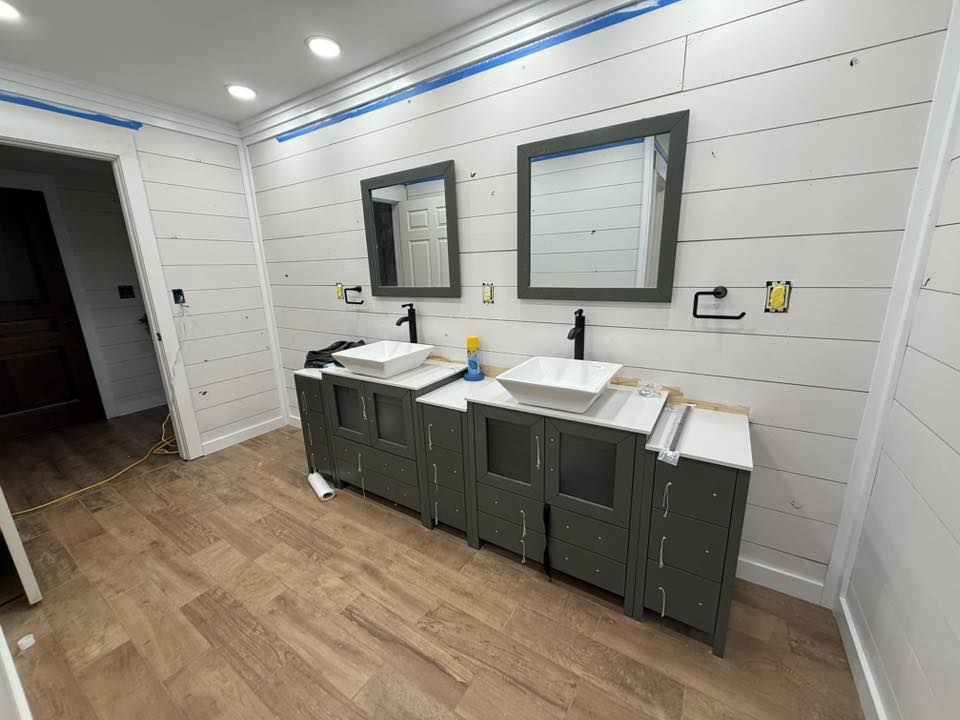
Understanding Your Home's Plumbing Blueprint for Easier DIY Repairs Sep 06, 2025
The first step to understanding your plumbing blueprint is knowing the primary components of your system. Every home generally consists of water supply lines, drainpipes, and vent pipes. The water supply lines bring fresh water into your home, usually under pressure, to provide for sinks, showers, and appliances. Drainpipes, on the other hand, carry used water away to the sewage system. Vent pipes, often linked with drainpipes, allow air to enter the plumbing system, preventing vacuum formation and allowing waste to flow smoothly.
Knowing the location of these components in your home can significantly ease the DIY repair process. Typically, water supply lines run through the walls or floors and connect to visible fixtures like sinks and toilets. Drainpipes connect to these fixtures as well and can be seen under sinks or in basements where they join the main sewage line. Vent pipes usually exit through the roof, allowing gases to escape safely.
Understanding the materials used in your plumbing system is equally important. Older homes might still have pipes made from cast iron, galvanized steel, or even lead, while modern homes often use copper, PVC, or PEX pipes. Each material has unique characteristics and potential issues. For instance, galvanized pipes can corrode over time, leading to rusty water and reduced pressure. By identifying the materials, you can anticipate specific problems and plan your repairs accordingly.
A practical way to familiarize yourself with your home's plumbing blueprint is to create a simple map. Start by marking the locations of water supply entries, significant fixtures, and main drain lines. This map not only aids immediate repairs but becomes invaluable during renovation projects or emergencies, ensuring you know precisely where to shut off water supply lines to prevent flooding or damage.
Equipped with this knowledge, you're better prepared to tackle common plumbing issues. For example, unclogging a sink drain can be less intimidating when you understand how the P-trap works to seal out sewer gases while allowing water to drain smoothly. Having a clear plumbing map helps you locate the trap quickly and access it for cleaning.
Nevertheless, while basic repairs and maintenance can save money, remember that safety and precision are paramount. If you're ever unsure about handling a plumbing issue, it's best to consult with professionals like those at Branden Bevels Plumbing. Our expert team is always ready to assist with more complex repairs, ensuring your plumbing system remains in top condition without risking further damage.
In conclusion, understanding your home's plumbing blueprint gives you the confidence to manage minor repairs effectively, saving both time and money. It reduces the maze-like confusion of your plumbing system into a comprehensible design that not only resolves current issues but helps prevent future ones. By familiarizing yourself with your home's plumbing layout, materials, and components, you're setting yourself up for success in maintaining a safe and efficient water system. Remember, knowledge and preparation are the keys to making informed DIY repairs, and Branden Bevels Plumbing is here to support you every step of the way.
/filters:no_upscale()/media/9befb0f9-08cb-4d3d-9589-986dc8708dfb.jpg)
/filters:no_upscale()/filters:format(webp)/media/c92a2122-773b-42d8-bc70-56b227cba86f.jpg)